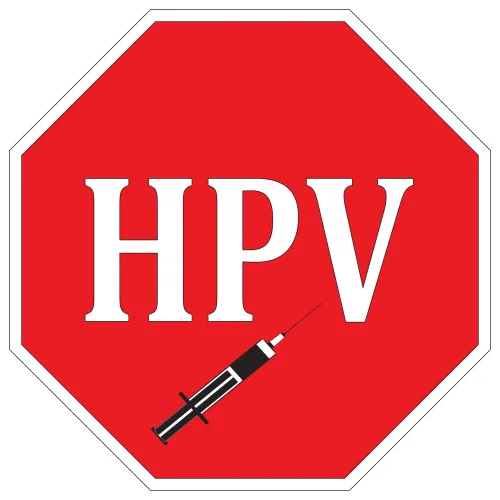Code for High Risk to Avoid Denial

Question: We received a Pap test order 13 months after the previous test due to “high-risk sexual behavior.” However, the ordering physician listed the diagnosis as Z12.4 (Encounter for screening for malignant neoplasm of cervix), which resulted in a denial. Is there anything we can do to get the payer to reimburse for this screening? Minnesota Subscriber Answer: The denial probably came because the ordering diagnosis gives no indication that the patient is high risk, and you exceeded the two-year frequency limitation for screening Pap tests. However, Medicare and most other payers will cover screening Pap tests once every year if the patient is considered “high risk,” so with proper documentation, this payer should cover this test. You’ll need to ask the ordering physician to specify the high-risk sexual behavior that triggered ordering a screening Pap test earlier than Medicare and other payers typically cover. Then, you’ll need to resubmit the claim with the appropriate diagnosis codes. Remember: Screening means that the physician orders the test in the absence of signs or symptoms of the disease. This is still a screening test if the patient hasn’t had any signs or symptoms, such as an abnormal Pap. The conditions that Medicare considers valid to justify higher-frequency screening Pap tests include the following, some of which relate to high-risk sexual activity: Here are some of the diagnosis codes that ICD-10 provides to describe these conditions: Bottom line: Ask the ordering physician to identify the high-risk sexual behavior factor, and assign one of the preceding codes or other appropriate code along with the screening Pap test ICD-10 code Z12.4 (Encounter for screening for malignant neoplasm of cervix). Select the appropriate procedure code that your payer accepts to describe the Pap test method your lab performs, such as G0123 (Screening cytopathology, cervical or vaginal [any reporting system], collected in preservative fluid, automated thin layer preparation, screening by cytotechnologist under physician supervision) for Medicare, or 88142 (Cytopathology, cervical or vaginal [any reporting system], collected in preservative fluid, automated thin layer preparation; manual screening under physician supervision) for other payers that don’t recognize the HCPCS Level II Pap codes.




